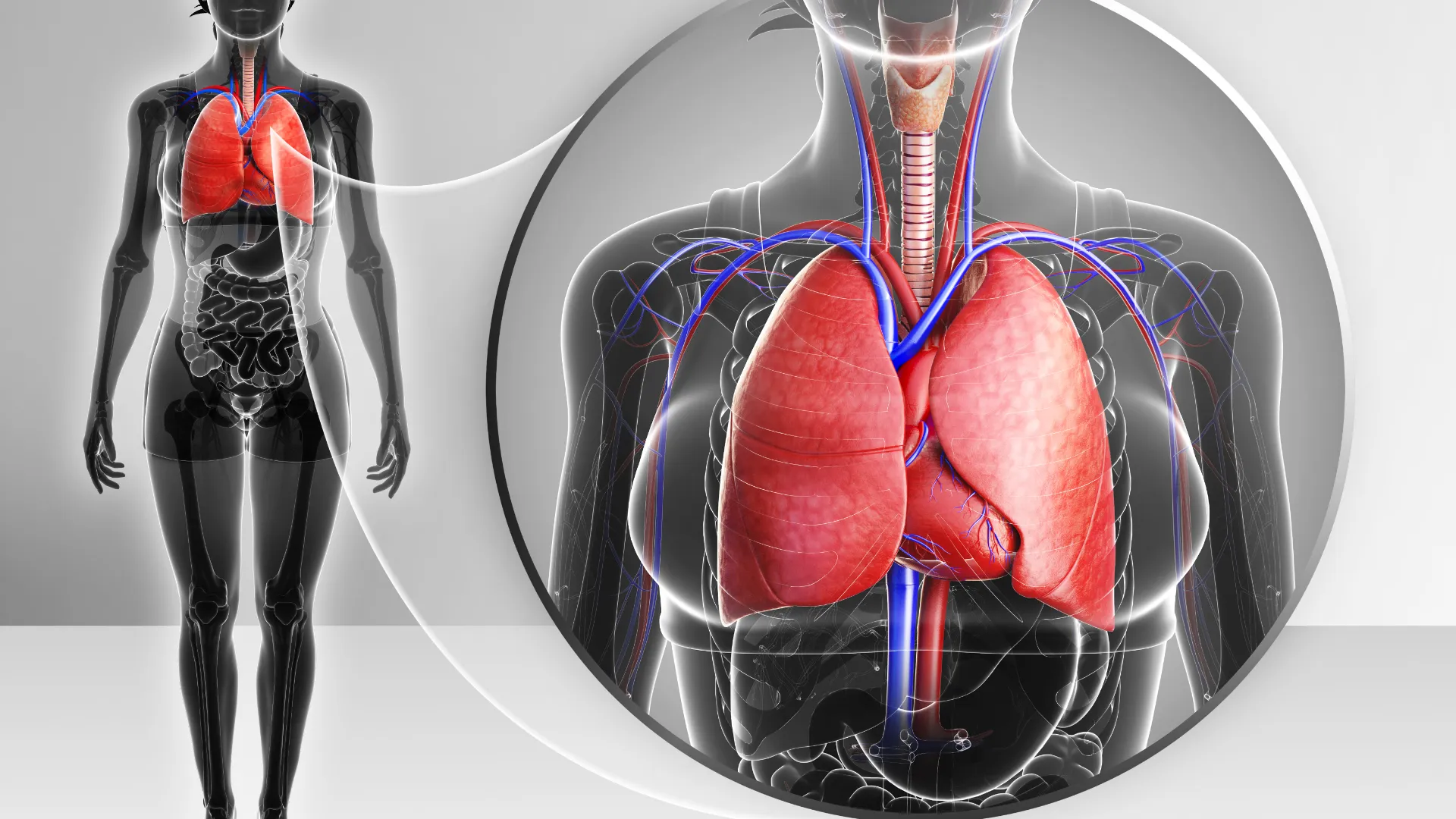Epithelioid mesothelioma is a rare and aggressive form of cancer that affects the mesothelial cells in the body, most commonly the pleural lining of the lungs. It is caused by inhaling asbestos fibers, which lodges in the body and causes inflammation and eventual cellular mutation. Epithelioid mesothelioma is the most common form of mesothelioma, accounting for about 50-70% of all mesothelioma cases.
Epithelioid mesothelioma is an especially dangerous form of cancer because its symptoms are often similar to those of other, less serious conditions. As a result, it is often not diagnosed until it has already advanced to a more serious stage. The most common symptom of epithelioid mesothelioma is chest pain, which is usually a result of the tumor pressing against the pleural lining of the lungs. Other symptoms include coughing, difficulty breathing, and difficulty swallowing.
In order to diagnose epithelioid mesothelioma, a doctor will usually order a biopsy of the affected tissue. This will allow them to examine the cell structure of the tumor to determine whether or not it is malignant. If it is, a variety of treatments may be recommended, including surgery, chemotherapy, and radiation.
Epithelioid mesothelioma is an aggressive form of cancer, and the prognosis is often not good. The five-year survival rate for individuals with this type of mesothelioma is less than 10%. However, there are treatments available that can help extend life expectancy and improve quality of life.
It is important for individuals who have been exposed to asbestos to be aware of the risks of developing epithelioid mesothelioma. If you have been exposed to asbestos, it is important to discuss the risks with your doctor in order to be properly informed and taking any necessary steps to reduce your risk.
